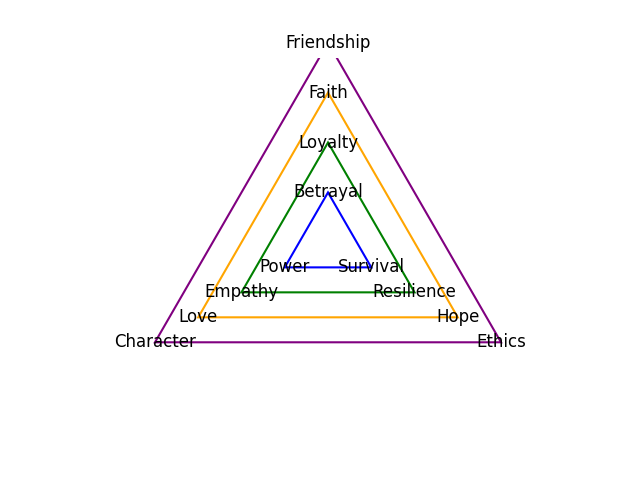Nvidia#
1. f(t)
\
2. S(t) -> 4. y:h'(f)=0;t(X'X).X'Y -> 5. b(c) -> 6. SV'
/
3. h(t)
\(\mu\) Text#
Multimodal (beyond text input-token or melody-note). GPT models are pre-trained on a large corpus of text data. During this phase, the model learns the statistical properties of the language, including grammar, vocabulary, idioms, and even some factual knowledge. This pre-training is done in an unsupervised manner, meaning the model doesn’t know the “correct” output; instead, it learns by predicting the next word in a sentence based on the previous words.
In essence, GPT models are powerful because they can use the context provided by the input data to make informed predictions. The “training context” is all the data and patterns the model has seen during
pre-training, and this rich background allows it togeneratecoherent and contextually appropriate responses. This approach enables the model to handle a wide range of tasks, from language translation to text completion, all while maintaining a contextual awareness that makes its predictions relevant and accurate.Similarly, in a Transformer model, the “melody” can be thought of as the input tokens (words, for instance). The “chords” are the surrounding words or tokens that the attention mechanism uses to reinterpret the context of each word. Just as the meaning of the note B changes with different chords, the significance of a word can shift depending on its context provided by other words. The attention mechanism dynamically adjusts the “chordal” context, allowing the model to emphasize different aspects or interpretations of the same input
\(\sigma\) Context Varcov-matrix/Transformer#
Better at recognizing patterns across modes (applicable as much to music). The training phase helps the model understand context by looking at how words and phrases are used together. This is where the attention mechanism comes into play—it allows the model to focus on different parts of the input data, effectively “learning” the context in which words appear.
\(\%\) Pretext Predictive-accuracy/Generative#
Improved prediction (in music its increased likelihood of marvelling from a familiar ambiguity)s. Once trained, the model can generate predictions based on the context provided by the input text. For example, if given a sentence, it can predict the next word or complete the sentence by considering the context provided by the preceding words. The model uses the patterns it learned during training to make these predictions, ensuring they are contextually relevant.
The attention mechanism is key to this process. It allows the model to weigh the importance of different words or tokens in the input, effectively understanding which parts of the context are most relevant to the prediction. This dynamic adjustment is what gives GPT models their flexibility and nuanced understanding.
1. Observing \ 2. Time = Compute -> 4. Collective Unconscious -> 5. Decoding -> 6. Generation-Imitation-Prediction-Representation / 3. Encoding
At the end of the drama THE TRUTH — which has been overlooked, disregarded, scorned, and denied — prevails. And that is how we know the Drama is done.” Some scientists may be
sloppybecause they are — like all humans — interested in ordering the world rather than inrigorouslydemonstrating atruth.
Chaos - Activation, Text
Order - Utility, Context
Accuracy - Marginal, Pretext

